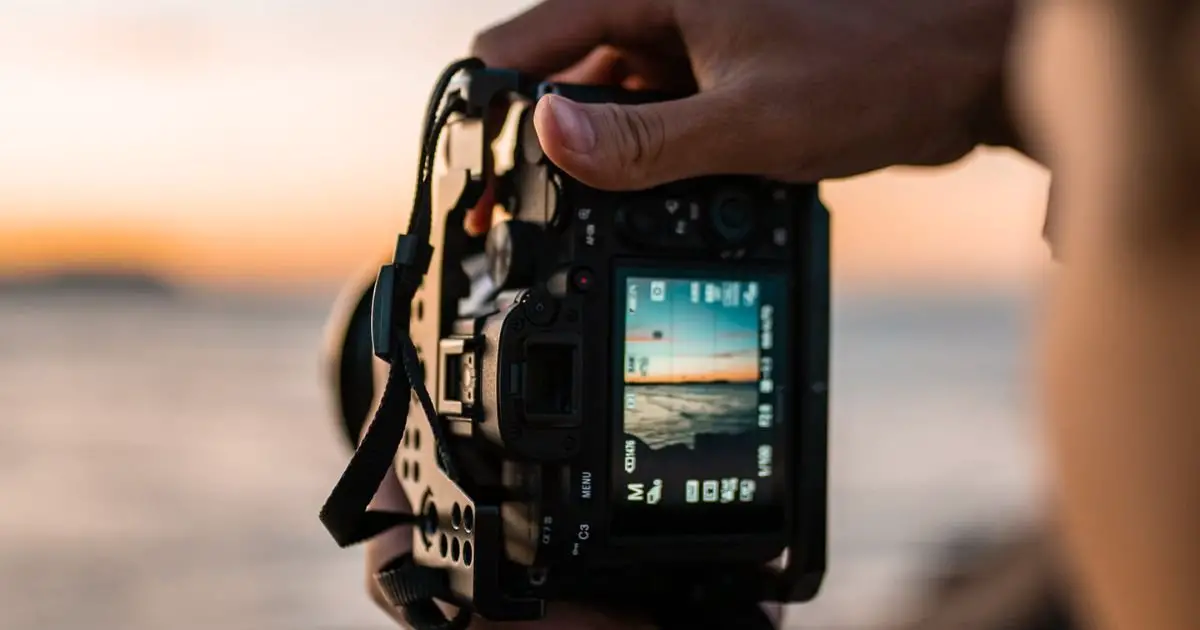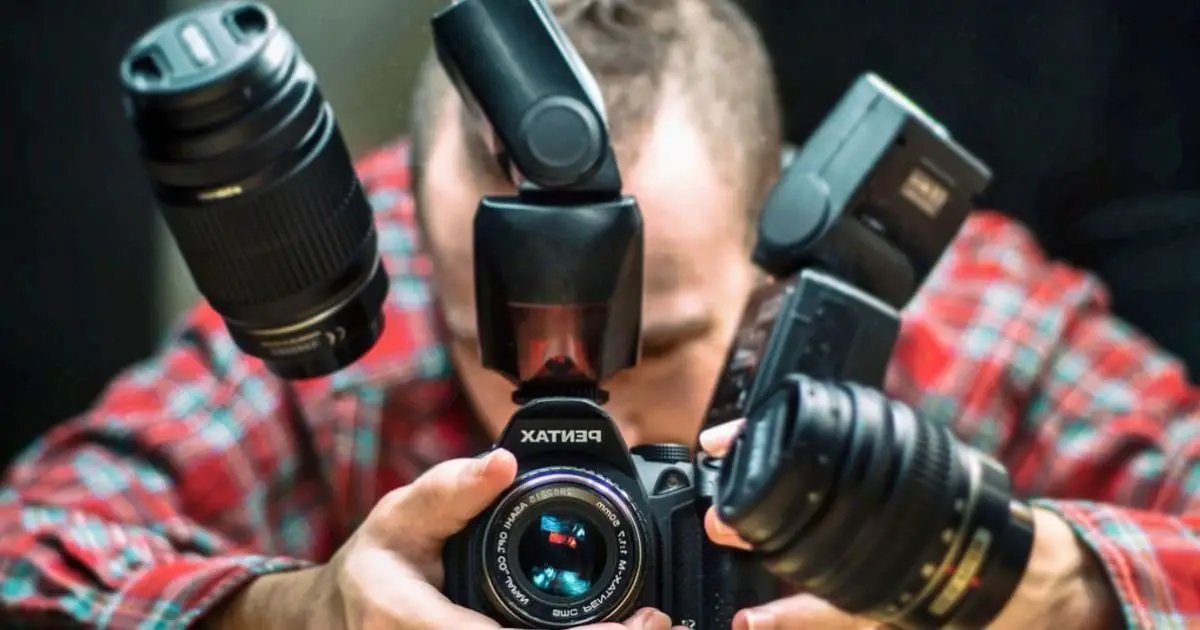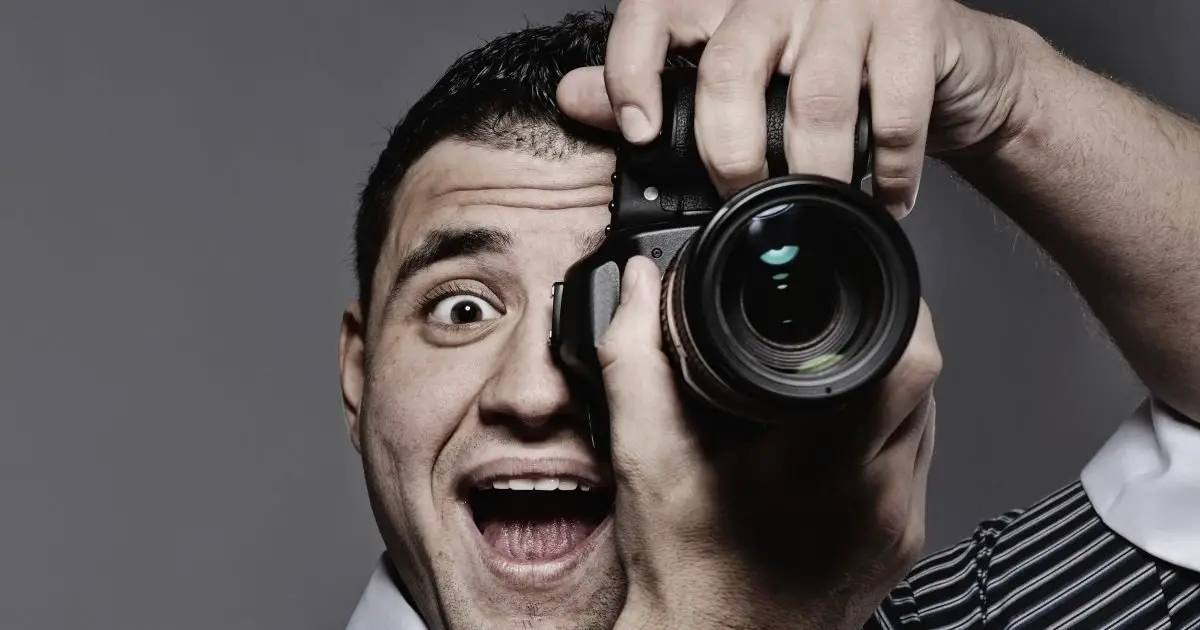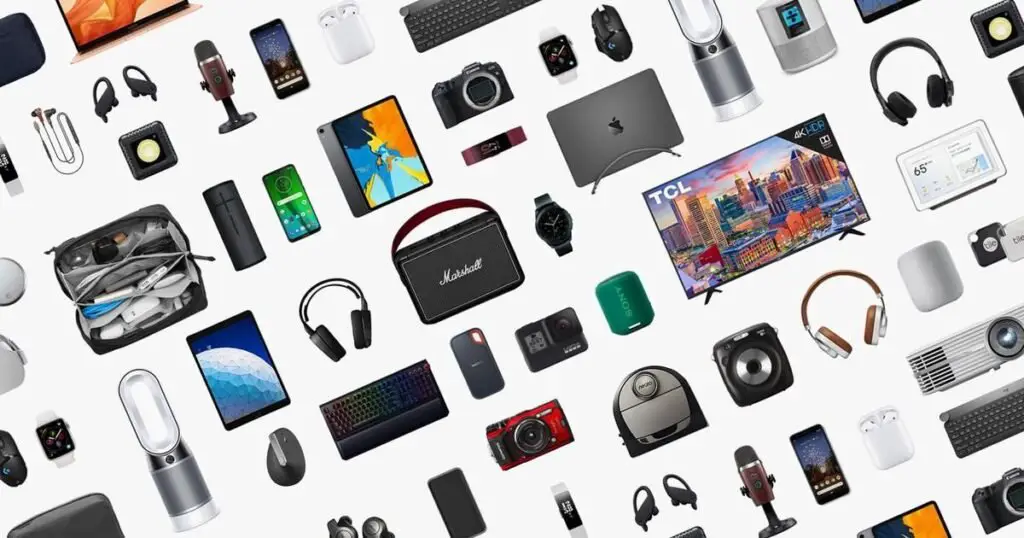Do you prefer to learn and enhance your photography skills? If so, here it is.
In this material, I will enumerate the top skills a photographer should learn to work as efficiently and effectively as possible.
You will find here cardinal skills, in addition to the technical, including creativity and business sense, to ensure your achievement as a photographer in the current world.
Therefore, we must sit tight and prepare to embark on a productive journey or transform our lives.
Examples of a photographer’s skill
The sun was setting over the hills, painting the sky in shades of orange and pink. The light was fading fast, and I knew I had to capture the moment before it was gone. I adjusted the camera, focusing on how the light hit the leaves on the trees. Everything was quiet except for the shutter’s click, marking each shot. The world seemed simple then, just the camera, me, and the need to get the perfect picture. I looked at the photos when the sun finally dipped below the horizon. Some were good, some were not, but that didn’t matter. What mattered was that I had tried, and in trying, I had captured something true.
How to develop photographer skills

Becoming a proficient photographer entails learning, training, and practical experience that must be constantly employed. Here’s how you can do it:
1. Complete a Formal Photography Education:
- Enrol in Photography Courses: It is advisable to enrol in a college, university, or any photography college to obtain a degree or certification in photography. Such programs may incorporate basics such as the operation of the camera, handling of light, the aspect of focus and depth, and post-production techniques.
- Study Photography History and Theory: Increase your knowledge about the origins of photography, famous photographers, and the traditions of photo styles. There are cases when a grasp of theory will help improve the creative vision.
- Attend Workshops and Seminars: Attend workshops and seminars intended for photographers. Such events usually are practical and offer a good view into the sector.
2. Sign Up for Part-Time Training:
- Apprenticeship or Internship: Test your photography skills by doing an apprenticeship or internship with a professional photographer. It enables you to get real-life experience, learn about the prevailing industry standards, and create a network.
- Join Photography Clubs or Groups: Joining a photography group can have benefits, including peer discussions and collaborative work, which can be a good platform for giving and receiving criticism.
- Take Online Courses: Today, there are numerous websites where you can find separate part-time courses in photography. These can be open and offer the learner the opportunity to study at his/her convenience while being guided by experts.
3. Practice Your Photography Skills:
- Daily Practice: Take as many photos as possible for them to become a habit in your life. Try through various subjects, places, and approaches to develop your manner and refine your ability.
- Participate in Photography Challenges: To develop your picture-taking skills to the next level, participate in specific online or local photography challenges. As earlier said, these challenges tend to have themes that compel one to overcome barriers or fears.
- Analyze and Reflect on Your Work: Once you finish the photography, ensure you critically look at the photos taken. You must also ask yourself what was good and what was not and how to improve the next time you engage in a shoot.
- Build a Portfolio: Collect your best works as a collection. This enables you to demonstrate your competence and evaluate it over time.
Tips to boost your photography skills

01. Take control of focus
If you want to get better-quality photos, gain control of your focal plane. Switch from auto to manual focus. This allows you to decide what part of the scene needs attention. Position the lens on different subjects and try to find the sharpest focus ring.
02. Focus on moving subjects
Photographing moving subjects is often challenging in relationships. To keep the subject in focus, switch the autofocus mode to continuous autofocus mode af-c or AI servo. To pan the Camera, do so smoothly as the subject is in motion. This keeps you informed about the motion, thereby minimizing blurring.
03. Understand what makes a shot blurry
Photographs may look unfocused for many causes. With a low shutter speed, the Camera’s movement, components, or insufficient focus creates blurs. This will help you stabilize the Camera; hence, ensure you take a photograph using a tripod. Adjust the shutter speed on an upward scale for fast-moving objects. Try to find out what combination suits the children.
04. Get the white balance right
The white balance influences the color temperature of the shot. Almost all cameras today come with auto white balance (AWB), which is not always accurate. See to adjust the white balance to the prevailing light conditions, such as daylight or tungsten. This makes your photos realistic.
05. Set a custom white balance
For more accuracy, go for the custom white balance. If possible, use a grey card or an object of white in the scene. Just turn the Camera in that direction and then follow the Camera’s instructions in setting a Custom white balance. This keeps the colors of your photo artwork as natural as possible.
The following is helpful advice for capturing sharper and evenly balanced pictures. Engage in them to witness your level of competencies hitting the roof.
Essential Technical Photography Skills for Success in 2024

The beauty of the photography world is that it is a constant upgrade process, which demands improvements both in the techniques and creativity. The following are the key competencies that are likely to be required by the holders of professional jobs in 2024:
Understanding of Exposure
Surroundings are the premise of any picture. It’s about how much light gets to the camera and is captured by its sensor. To master exposure, you must balance three key settings: Several controls, including the aperture, the shutter speed, and the ISO. In conjunction, they define the degree of brightness or the darkening of your image. Knowing how these elements function will enable one to take well-exposed images in any type of lighting.
Mastering Focus
To create unique and meaningful images, one needs to have a good understanding of the subject. Issue of Focus As with various forms of photography, such as portraits, landscapes, or action shots, clear focus guides the viewer to what is important in the picture. Master the autofocus modes and the manual focus of the camera. Also, learn about the aperture and the depth of field so that the most critical parts of the picture are in focus.
Lighting Techniques
I liken lighting to be the most critical element that may either enhance or potentially mar a given photograph. Natural light is perfect, but knowing how to work with artificial light, flash, or studio, for example, takes you to the next level. Establish the direction, the quality, and the color of light to set a mood and enhance the item you have. Try out various lighting conditions on the scene to make pictures more voluminous.
Understanding of Color Theory
Something very significant in photography is color. This knowledge about how colors behave assists in achieving pictures with a degree of effect. To do this, one has to study complementary colors, warm and cool colors, and the ability of color to convey emotions. Apply color to control the direction of your viewer’s vision throughout and boost the atmosphere of your images.
Composition and Framing
They remember that composition is the way of placing elements in your photo. This is because good composition makes your images more exciting and balanced. When using the rule of thirds, leading lines, and symmetry, one can create attractive compositions. Positioning the subject in a frame gives context and tells where to look in the photo. Having to comprehend composition makes the results that you capture more meaningful and powerful.
If you acquire these skills, you will be able to produce compelling images that will capture the attention in the year 2024.
Continuing Education and Skill Development

It is, therefore, a subject that changes from time to time and, thus, needs one to update their knowledge constantly. Here’s how you can keep sharpening your skills:
Formal Training and Workshops
It is essential to attend more formal training sessions or workshops; they will help expand your knowledge. Such plans provide practical learning and advice from people in the field. It does not matter if it is a weekend workshop or an intensive course – you’ll come away with new ideas and skills to make your work much more prosperous. A lot of work also means they have more matters to discuss, more people to meet for discussions, and more opportunities to check what others think of the offered performances.
Online Resources and Tutorials
The Internet is a virtual library and a storehouse of learning resources. It doesn’t matter if you’re doing a YouTube tutorial or reading a photography blog – there’s plenty to learn. Courses conducted online and tutorials enable one to learn on their own and without procrastination, and at the same time, one can focus on areas of interest. You are learning computer skills for post-processing or Needing to know more about that new camera feature you bought. There is a host of resources available online. Getting into the habit of consuming these materials means that you are constantly updated with the newer trends in the market and also that you continually improve your skills in photography.
Final Words
Being a professional photographer in 2024 necessitates hard work and consistent endeavour in generating experience and knowledge acquisition. Starting from the basics in a freelancing profession or trying to perfect a particular skill, the things enumerated in this article are vital. Every move you make when learning the skills that make up the elements of exposure and focus, plus the general areas of creativity in lighting and composition, moves you closer to actualizing better photographs.
It is essential for any photography and is the essence of the process as it changes with time and experience. By agreeing to participate in regularly updated programs that offer new skill training, workshops, and online tutorials, you are assured that your work is cutting-edge in the market. When you move along this course, always note that every picture you capture is a learning process and a way of being YOU.
Therefore, let’s take the opportunity and get on with the chase of daring time, making 2024 the year for enhanced photography. This is your chance to improve and be a better photographer.
Photography Skills: FAQs
What are photography skills?
Photography knowledge comprises the knowing-how and knowing-that involved in making, controlling, and treating pictures. These skills range from simple things like camera settings to complex areas like composition, lighting, and post-processing.
What is the one thing a photographer must do best?
The most valuable talent in the photographic profession is the ability to notice and preserve extraordinary sight; the photographer must know the elements of structure, light, and period.
When preparing a resume, how do you address such photography skills?
Include the skills in your resume under a skillset subheading, where you state specific abilities like, for instance, ‘Fluent in Adobe Photoshop, ‘Skilled in studio lighting,’ ‘Halal Photojournalism,’ among others, ensuring that the skills align with the nature of the position.






